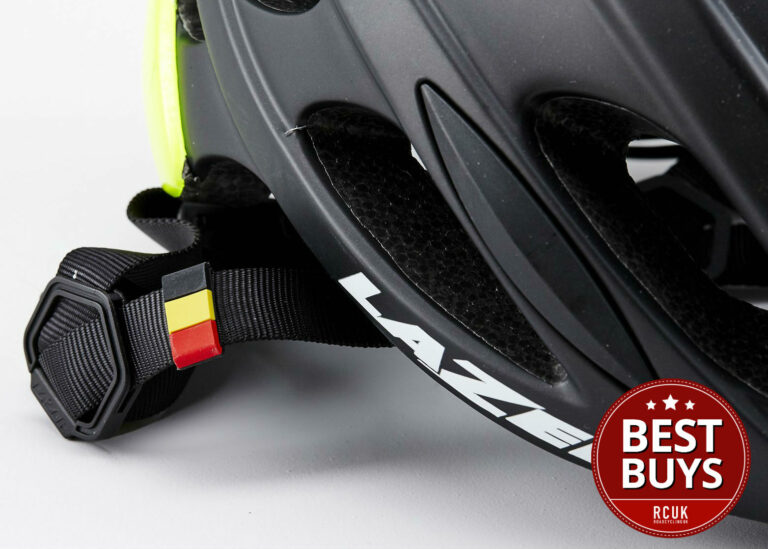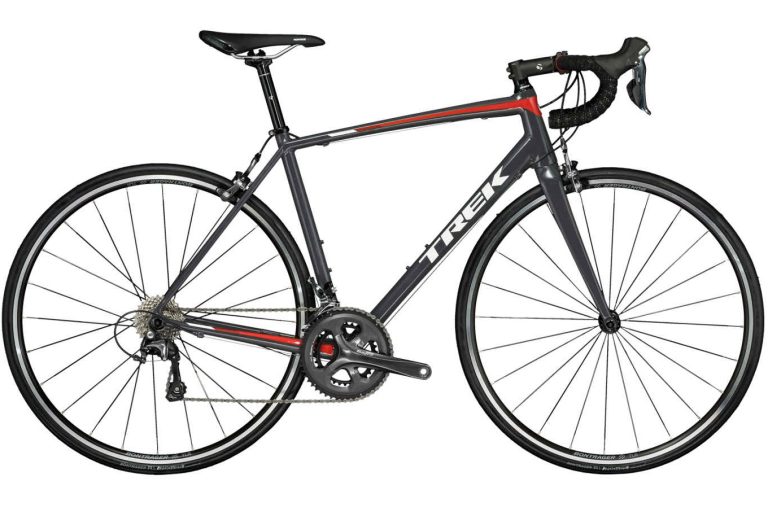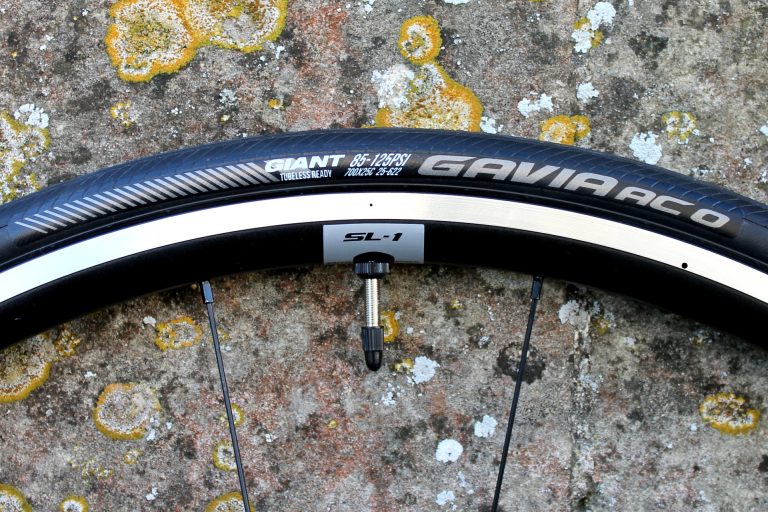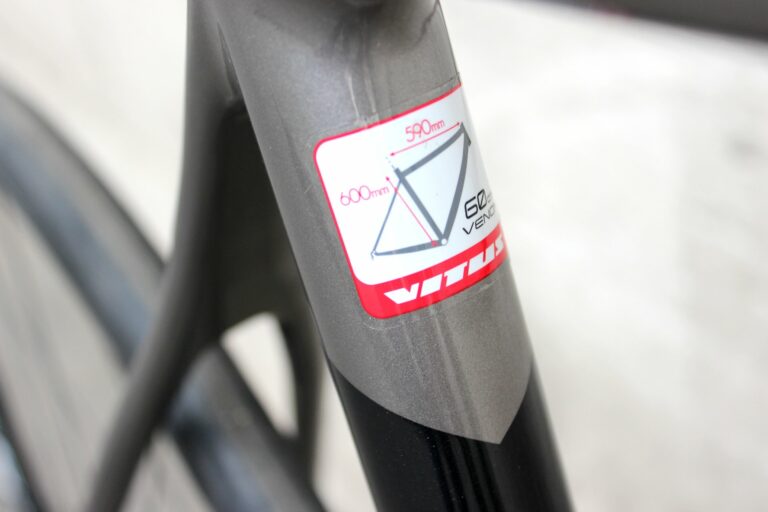The AR22s are also tubeless-ready, thanks to the included rim tape. On this occasion, and with the Festive 500 challenge in the offing, I was grateful for the tubeless setup Cero had pre-installed for the test: if not only to save on the comparatively fiddly setup versus regular clinchers, then for the additional puncture protection and slightly lower and more comfortable pressures (70-80psi for the majority of my rides) on the Schwalbe Pro One tyres. It’s worth noting, though, that the Cero AR22 wheelset is normally provided with a set of 25mm Continental Grand Sport tyres, not the Schwalbes. Still, you’re getting a decent set of tyres thrown in to what is already a bargain wheelset, with the option to go tubeless if you upgrade the tyres in future.
-
Specification
- Price: £399.99 (currently £260.00)
- Weight: 1,420g
- Rim depth: 22mm
- Rim width: 24mm external; 19mm internal
- Website: Cero Wheels
Out on the road, with the wheels setup tubeless and with more than 700km covered over the festive period (including a successful completion of the 500), the Cero AR22s truly belie their price tag. Total weight for the wheelset is 1,420g, and you can really tell when you’ve got long, arduous winter rides to tackle, accelerating lively over steep rises and the sharp handling a real bonus. The lightweight tubeless setup has some influence here, but the low weight and sprightly feel means you’re likely to get the same experience setup with regular clinchers.
Compare the wheels them to Mavic’s excellent Ksyrium Elite hoops (usually available for £240 more at retail), and you can barely tell the difference in terms of overall performance. While I slightly prefer the ride quality I’ve always perceived from the Mavics, all-round responsiveness when you’re putting the hammer down is remarkably similar, even when you upgrade the rubber on the Ksyriums (which are not tubeless-ready, incidentally).
In terms of durability, it’s early days for these wheels, but over the course of the 700km-plus I’ve had them for, through some seriously mucky terrain on occasion (anyone who’s visited the Salisbury Plain and ridden through the usually-closed military town of Imber during the winter will know what I’m on about), they’ve held up brilliantly.











